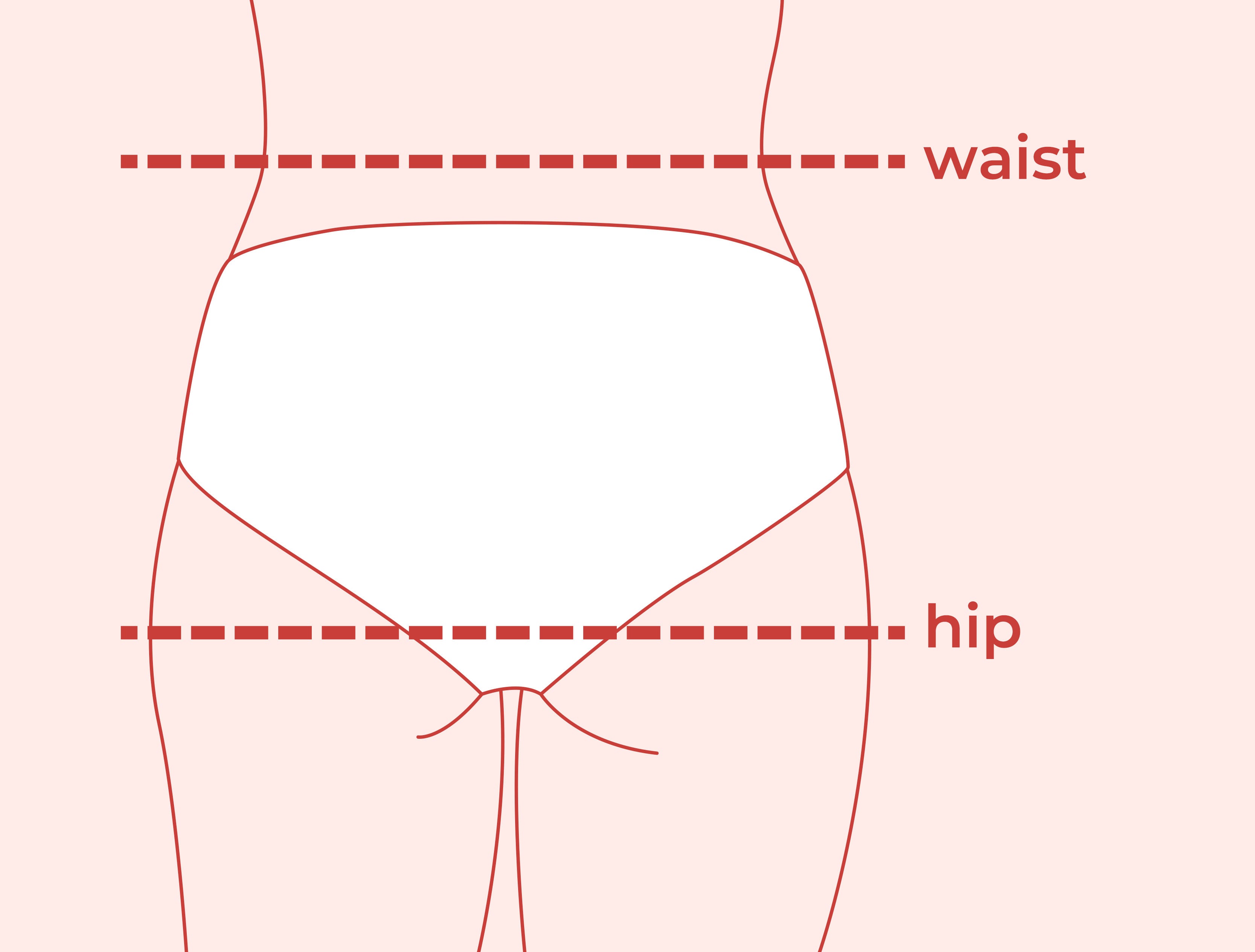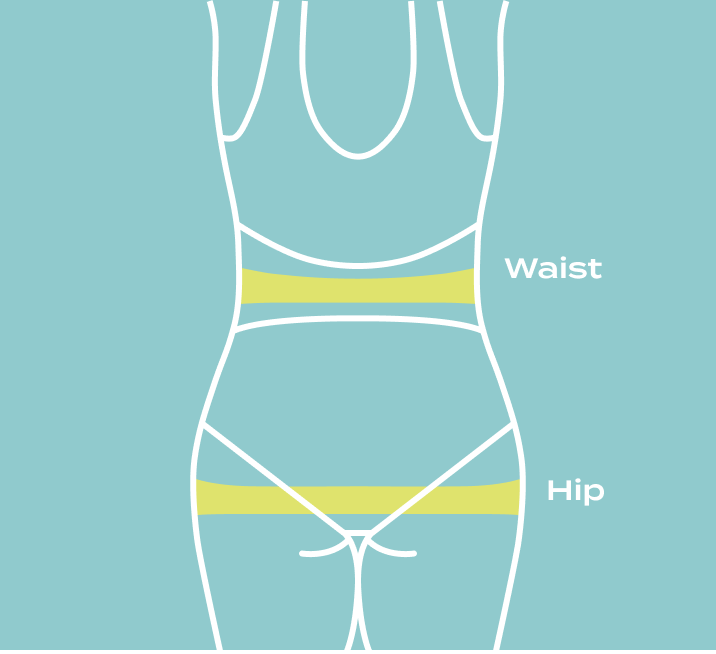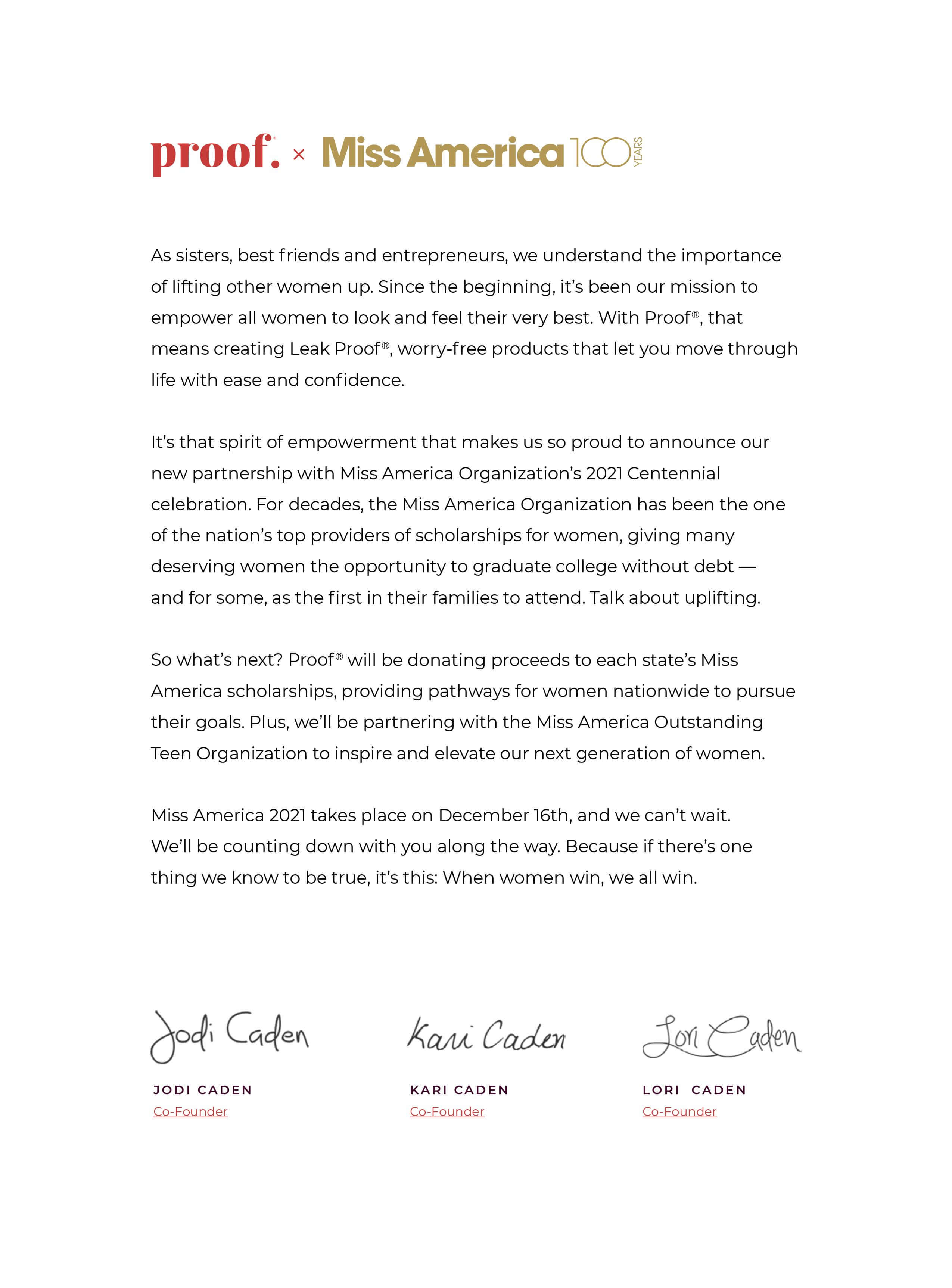Looking to get green this year? You’re not alone. More than ever, people are making resolutions with the planet in mind: from recycling more, to riding a bike instead of driving to work. Since sustainability is *kind of* our thing, we’ve rounded up five simple tips to help you be more eco-friendly in the new year.
1. Power Down
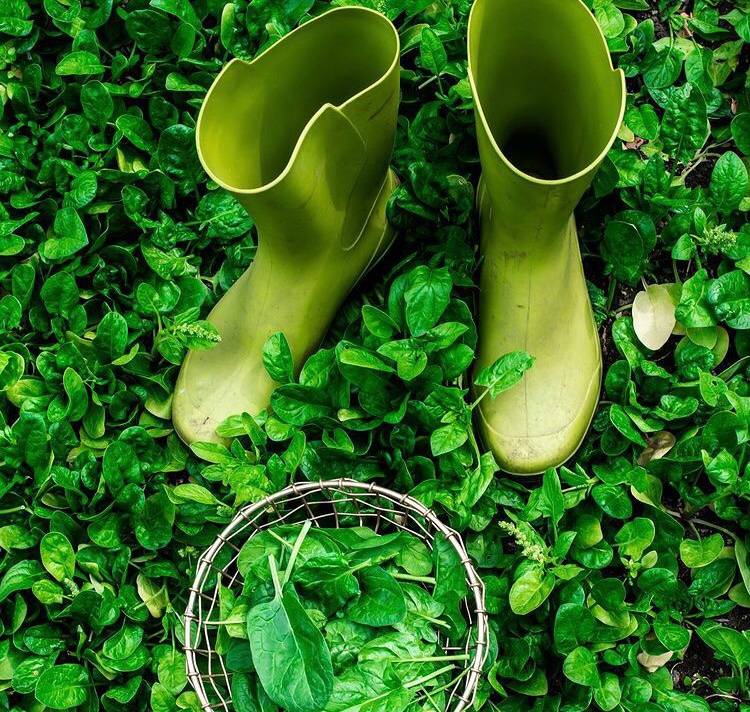
Many electronics are drawing power when they are plugged in – even when not in use. About 25% of residential energy consumption in U.S. homes is from idle (‘off’ or in ‘standby mode’) electronics – which is the equivalent of 50 large power plants’ worth of electricity.
All of this energy use really adds up. In 2019, electricity production in the U.S. contributed to 31% of the nation’s carbon dioxide emissions – which is a main contributor in climate change.
Remembering to power down + unplug, especially high-consumption electronics like computers, entertainment devices, and gaming consoles can be majorly impactful. Pro tip: keep your energy draining devices all on one power strip with an easy on/off switch to power down without hassle. Bonus – you’ll save on your energy bill while looking after mother earth.
2. Opt for Energy-Efficient Lightbulbs
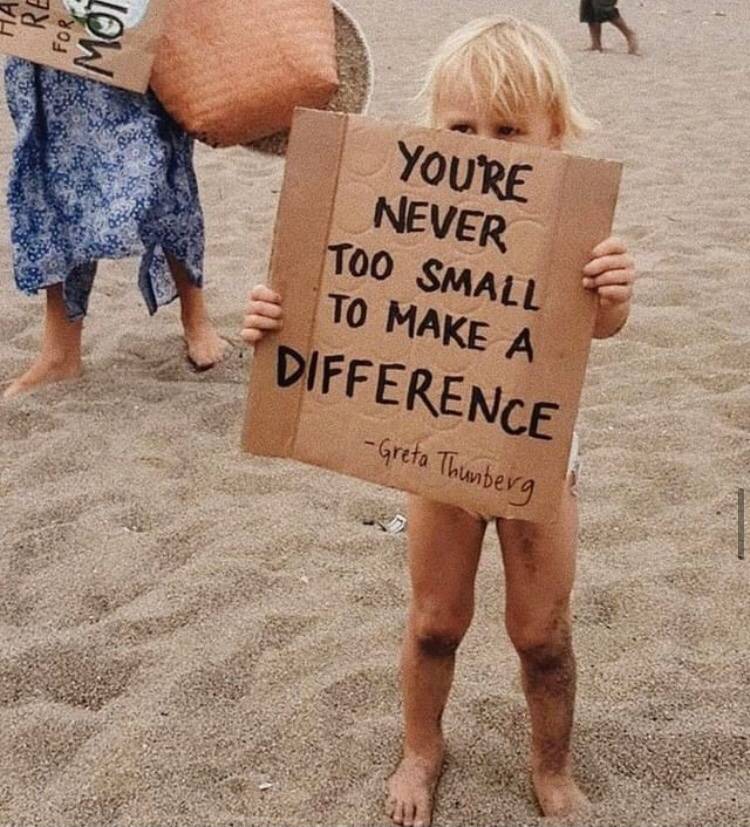
When considering how to live a more eco-friendly lifestyle, it’s important to consider even small switches – like changing lightbulbs – that can make a big impact. Traditional incandescent lightbulbs use an enormous amount of energy (and can give off heat, which may increase your cooling bill!), while compact fluorescent lightbulbs (CFL) or light emitting diodes (LED) bulbs reduce energy consumption and waste.
According to the U.S. Environmental Protection Agency, if every American home replaced just one lightbulb with an Energy Star-rated CFL or LED lightbulb, greenhouse gas emissions would be curtailed by 9 billion pounds – the equivalent of emissions from 800,000 cars. What’s more, CFL and LED bulbs last longer than traditional incandescent lightbulbs, meaning less replacing bulbs – and throwing used bulbs into landfills.
3. Reduce Your Meat Intake

Cutting back on your meat intake, particularly red meat, for even a few days a week can significantly reduce your carbon footprint. According to global campaigning organization Greenpeace, “the livestock sector — raising cows, pigs and chickens — generates as much greenhouse gas emissions as all cars, trucks, and automobiles combined.”
You don’t need to adopt a vegan diet to create a more eco-friendly lifestyle. Going meatless one day a week in favor of plant based meals, or making meat a smaller part of your meals instead of the main dish are both great ways to look after the planet.
4. Create a Compost

You’re probably already savvy on best recycling practices – but what about cutting down waste even further by creating a composting system for your home? Fruit and vegetable waste, eggshells, coffee grounds, lawn clippings and more can all be composted to create a more eco-friendly home.
While it’s not the most glamorous way to go green, composting is super effective. By keeping compostable materials out of landfills, you reduce the premature growth of landfills – and you also reduce greenhouse emissions, as vegetable matter creates methane gas when trapped beneath trash without proper air supply.
Composting is simple – separate these materials from your normal waste and recycling, creating a pile in the natural environment in which they can break down. Many composters use a specialized bin that rotates to keep materials aerated to accelerate decomposition, while others prefer a simple compost pile in nature to let mother earth do her thing.
P.S. We’re pushing our vision for sustainable period and leak care even further by using biodegradable and commercially compostable bags beginning in 2021. Just bury the bag under 1-2 feet of soil, and the bag will decompose in 6 to 9 months! How’s that for groundbreaking?
5. Ditch Disposables

We all know about the environmental impact of plastic waste – hence our swift departure from single-use plastic straws, water bottles, and coffee cups in favor of sustainable options – but many other single-use plastics are still overlooked.
Panty liners, tampons, and pads all contain plastics that can’t be recycled. Even organic period disposables often contain hidden plastics that stay stubbornly in landfills without breaking down for years (and years, and years…).
On average, one woman will use - and throw away - 11,000 pads and 14,000 tampons which can take up to 800 years to decompose. This waste winds up in landfills, rivers and oceans, which contributes to the 8 million tons of plastic waste that enter the ocean every year and constitute
Switching to Proof for your periods and leaks is a super simple swap to benefit the environment. Instead of using once and tossing in the trash like a disposable, use Proof as you would wear regular undies, and the super absorbent Leak-Loc™ core will act as a replacement for liners, pads, or tampons. When you’re done wearing for the day, machine wash gently with cold water and mild detergents, then hang dry.


